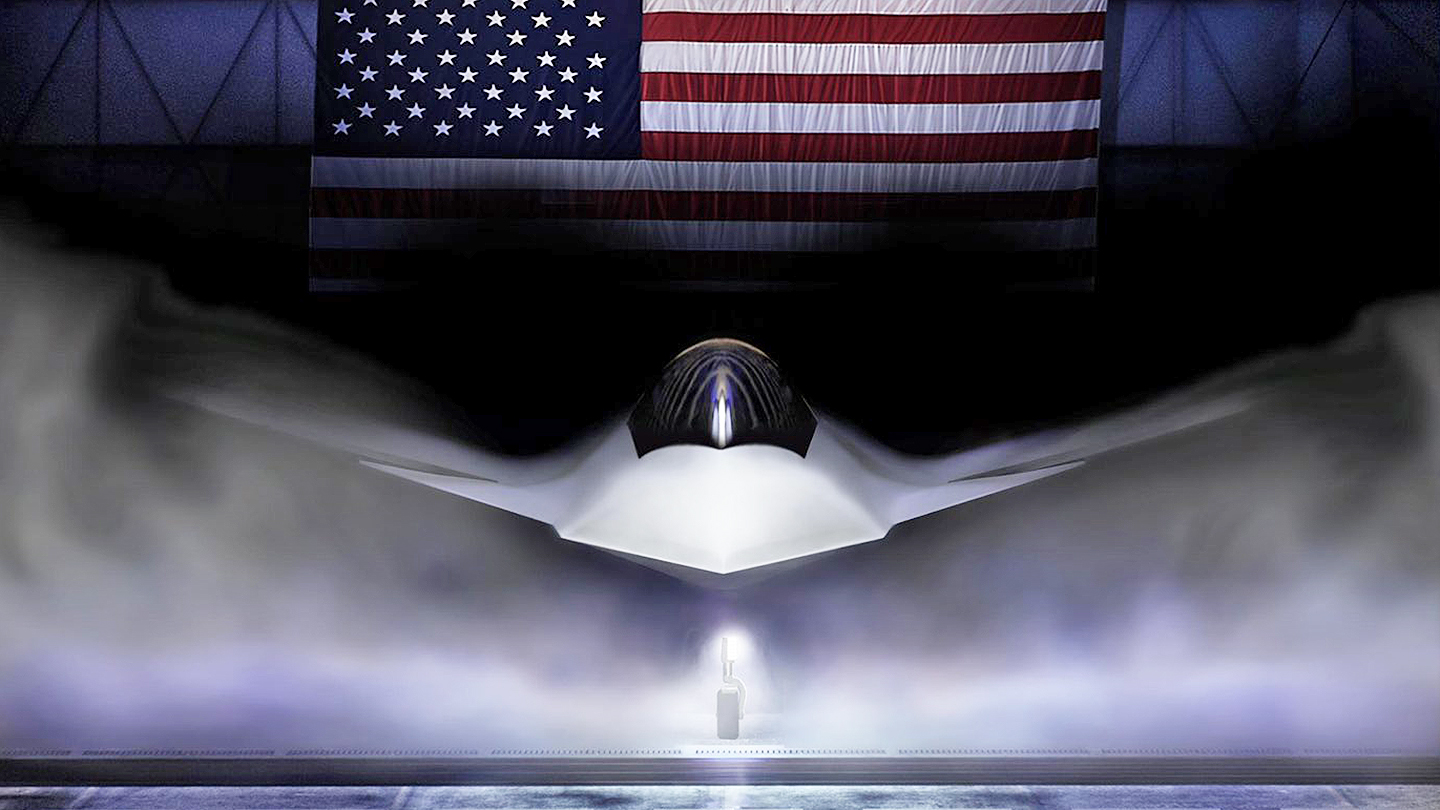SOURCE: AFI

Boeing’s upcoming F-47, the United States’ flagship sixth-generation fighter jet developed under the Next Generation Air Dominance (NGAD) program, promises to redefine air superiority with its advanced stealth, Mach 2 speed, and integration with autonomous drones. However, despite its technological prowess, the F-47 may face significant hurdles in securing export markets—a critical factor in offsetting its high development and production costs.
Unlike the fifth-generation era, where the U.S. initially dominated with the F-22 Raptor and later the F-35 Lightning II, the sixth-generation landscape is shaping up to be fiercely competitive from the outset, with close U.S. allies and adversaries alike pursuing their own programs, potentially sidelining Boeing’s offering.
The F-47’s export challenges stem largely from the proliferation of rival sixth-generation programs among America’s traditional partners. In Europe, two separate initiatives are gaining traction: the Future Combat Air System (FCAS), led by France, Germany, and Spain, and the Global Combat Air Programme (GCAP), a collaboration between the United Kingdom, Italy, and Japan. These programs are not just technological endeavors but also strategic efforts to bolster regional defense industries and reduce reliance on U.S. systems. The UK’s Tempest, a centerpiece of GCAP, has already attracted Japan—a key U.S. ally in the Indo-Pacific—as a full partner, signaling a preference for a non-American option. European air forces, keen to support local jobs and innovation, are likely to prioritize these homegrown platforms over the F-47, especially given the political and economic incentives tied to domestic production.
This fragmentation contrasts sharply with the fifth-generation era, where the F-35 eventually emerged as a near-universal choice for U.S. allies after the F-22’s export was barred by Congress. While competitors like Turkey’s TF-X, China’s J-20, and South Korea’s KF-21 later entered the fray, the U.S. enjoyed a significant head start. The sixth-generation race, however, is different. China has already showcased two alleged sixth-generation aircraft—a tailless stealth fighter and a fighter-bomber—demonstrating its intent to challenge Western dominance early on. Russia, meanwhile, is reportedly developing a sixth-generation jet featuring a variable cycle engine, a technology that could rival the adaptive propulsion systems being tested for the F-47 and the U.S. Navy’s separate F/A-XX program. Unlike the staggered competition of the fifth generation, these parallel efforts ensure that the U.S. won’t enjoy the same initial monopoly it once did.
For Boeing, the F-47’s export prospects are further complicated by its niche design. Tailored to meet specific U.S. Air Force requirements—such as long-range penetration in contested environments and integration with Collaborative Combat Aircraft (CCA) drones—the F-47 may be too specialized and costly for many allies. The F-22, its fifth-generation predecessor, faced similar issues, with its high price tag and unique capabilities limiting its appeal; exports were ultimately banned to protect sensitive technology. The F-47 could follow a similar path, especially as the U.S. Navy’s F/A-XX, designed to replace the F/A-18E/F Super Hornet, might offer a more versatile and export-friendly alternative for nations like Australia or South Korea, which operate carrier-based or multirole fleets.
European and Japanese preference for local options is not merely a matter of pride but a strategic calculation. FCAS and GCAP aim to deliver modular, networked fighters by the mid-2030s, slightly behind the F-47’s projected 2029 fielding but aligned with their own modernization timelines. Japan’s decision to join GCAP rather than pursue a U.S. partnership underscores this shift, as does the reluctance of European nations to commit to another American-led program after the F-35’s complex multinational procurement process. Posts on X suggest that Tempest could dominate the sixth-generation export market, leaving the F-47 as an “overpriced product” without the economies of scale that exports provide—a sentiment that resonates with the U.S. taxpayer and military’s potential frustration over bearing the full financial burden.
Meanwhile, China’s and Russia’s advancements add pressure on the U.S. to maintain technological superiority without the cushion of widespread allied adoption. China’s twin sixth-generation prototypes, spotted in late 2024, hint at a dual-purpose fighter and bomber capability, while Russia’s variable cycle engine could enable unmatched efficiency and performance. These developments suggest that the sixth-generation competition will be global and immediate, with no single player—least of all the U.S.—able to dictate terms as it did with the F-22 and F-35.
NOTE: AFI is a proud outsourced content creator partner of IDRW.ORG. All content created by AFI is the sole property of AFI and is protected by copyright. AFI takes copyright infringement seriously and will pursue all legal options available to protect its content.